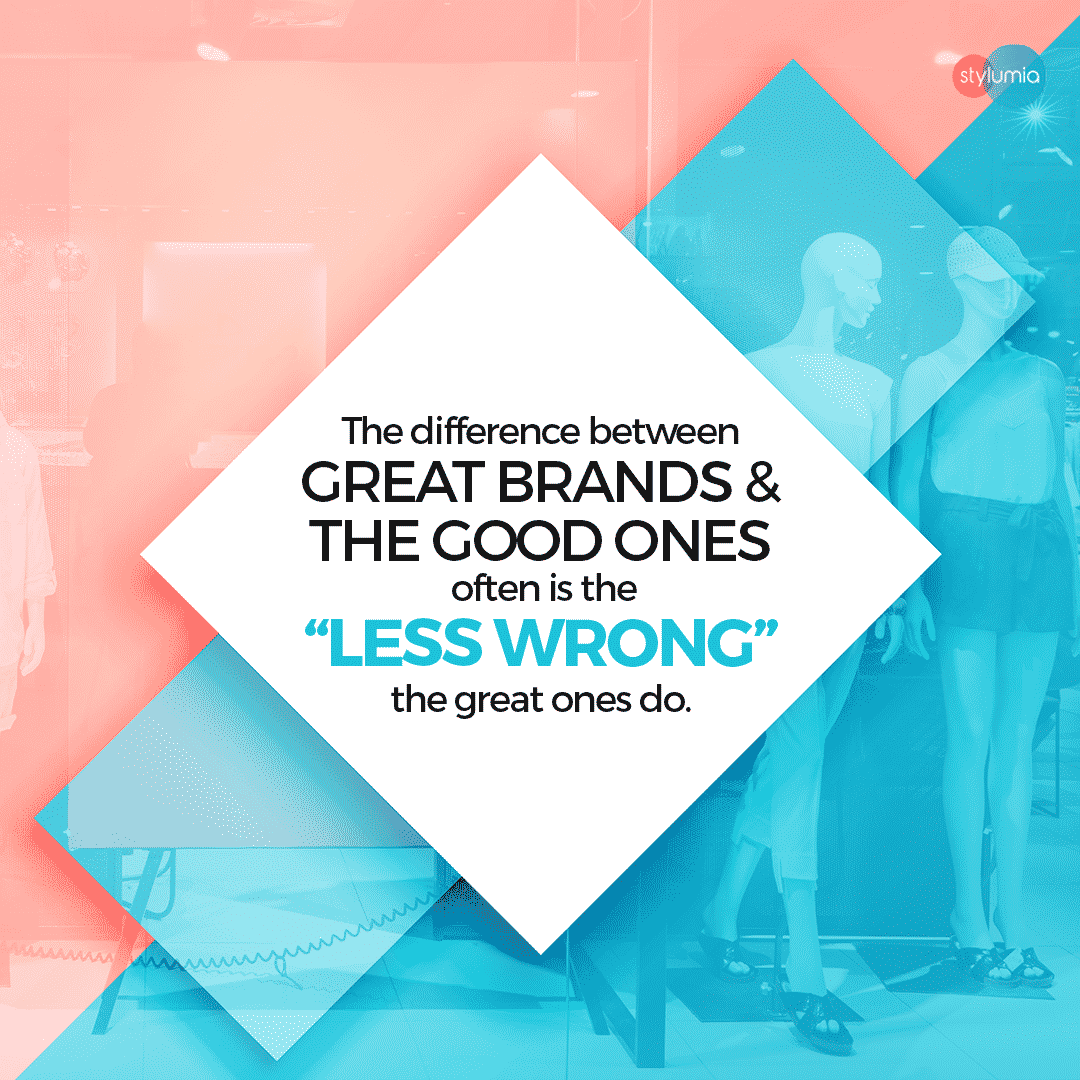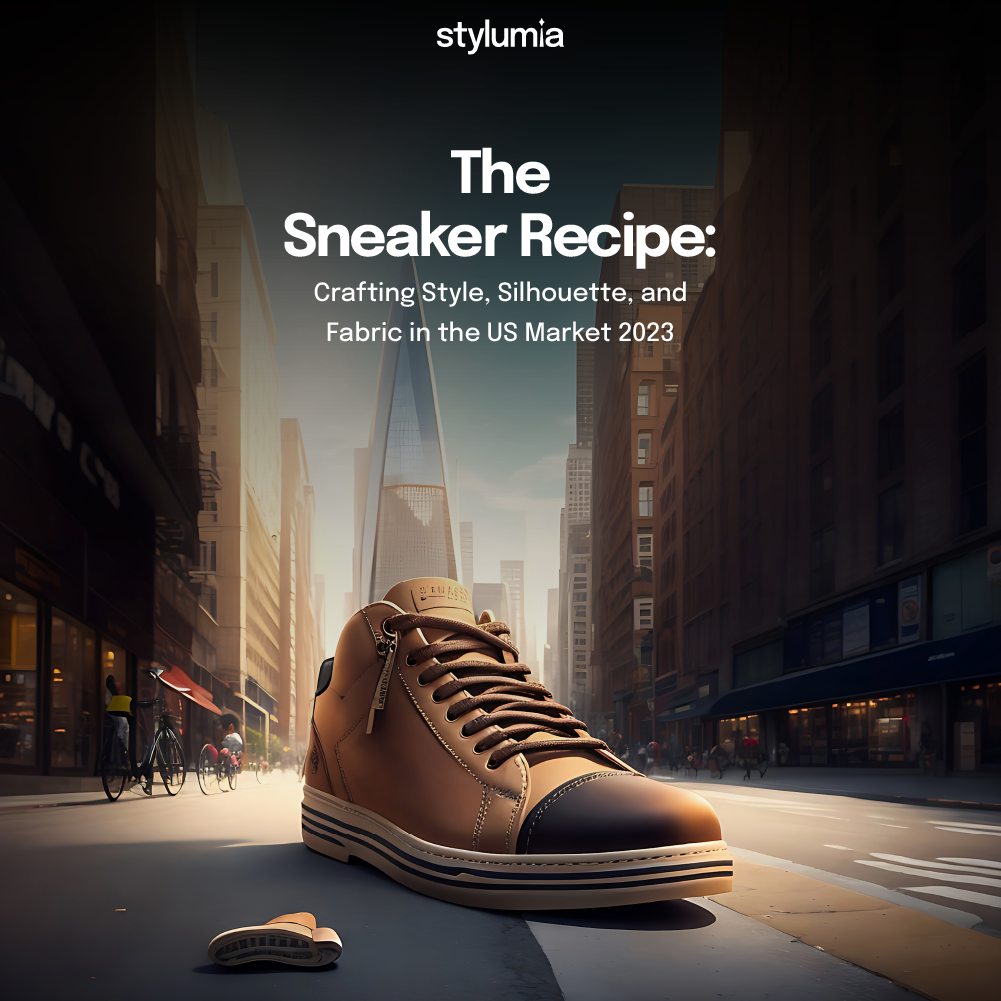Science Of BEING WRONG LESS: Way To Extraordinary

“I take the position that I’m always to some degree wrong, and the aspiration is to be less wrong” – Elon Musk
The difference between great brands and retailers and the good ones often is the “less wrong”, the great ones do. It is comparable to the champions in tennis who make fewer unforced errors. In tennis, an unforced error is a missed shot or a lost point entirely due to the player’s judgment or execution and has nothing to do with the opponent’s skill or effort.
This edit looks at how you can make less wrong and be extraordinary in your business, supported by scientific research over the years. We can make fewer errors in decision making by improving our judgments through techniques powered by mental models. These mental models help us navigate our complex world.

Here are three select mental models you could use to WRONG LESS.
#1 Thinking from First Principles
We have all been told by our Science or Math teachers, the importance of deriving every formula that we use because only then do we know it. It is the difference between being a chef who can take ingredients and convert them into an amazing dish without looking at a cookbook, and being the kind of cook who just knows how to follow a recipe. It means thinking from the bottom-up, using basic building blocks of what you think is true to build sound conclusions.
If you approach challenges/problems from first principles, you can more easily address unfamiliar problems, or familiar ones in innovative ways. Elon musk approached electric cars using first principles. Check out the video here or click the image below.
The way fashion business places bet on unseen new products, grading them is on subjective judgments of a group of experts (including channel partners) which is not using first principles. A demand-driven approach to fashion forecasting is a step towards this.
#2 Test Assumptions
To be wrong less, you must be testing your assumptions in the real world by de-risking. There is always the risk that one or more of your assumptions are not true. Once you identify the critical assumptions to de-risk, the next step is to go and test these assumptions, proving or disproving them, and adjusting your strategy accordingly. Avoid doing too much before you test assumptions. In other words, avoid premature optimization. In a start-up world, the mental model for doing this is called “Minimum Viable Product”. There is an interesting article here on “The MVP is dead. Long live the RAT (Riskiest Assumption Test)“.
How do you choose out of a large set of assumptions? The mental model of Ockham’s Razor helps here. It states that “The simplest solution is most likely the right one”.
Testing assumptions in Fashion is a challenge considering long lead times. Even those who are faster, produce goods to test reality. A data-driven approach to validate design ideas can be a step in this direction combined with a quick response to test them.
#3 Be in the Right Frame of Reference
We go through life seeing everything from our perspective, which varies depending on our experiences and current situation. This is called “Frame of Reference”.

Our frame of reference can be impacted by our own biases.
While there are lots of biases, let’s focus on two of them here.
a) Availability Bias: This occurs when a bias, or distortion, creeps into our objective view of reality because of information recently made available to us.
For eg. You tend to assume mustard is in trend when you see recently a lot of mustard on the streets or on the sites you browsed; or we tend to assume the crime rate is going up because we see them in headlines more often while in fact, it probably is not. Availability bias is now more pronounced, as what you see on the internet is more and more filtered to your needs than an objective reality of the world. Eli Pariser, an Internet freedom evangelist calls this “Filter Bubble”.
b) Priming: In an experiment that became an instant classic, the psychologist John Bargh and his collaborators asked students at New York University- most aged eighteen to twenty-two- to assemble four-word sentences from a set of five words. For one group of students, half the scrambled sentences contained words associated with the elderly, such as Florida, forgetful, bald, gray or wrinkle. When they had completed the task, young participants were sent out to do another experiment in an office down the hall. The short walk was what the experiment was all about. The researchers unobtrusively measured the time it took people to get from one end of the corridor to the other. As Bargh had predicted, the young people who had fashioned a sentence from words with an elderly theme walked down the hallway significantly slower than the others.
We are all primed all the time and while we think we are autonomous, we are not.
The question now is, how do you stay objective, with these biases?
One clear way is informing your decisions with data rather than just intuition, which also with data outside of the Filter Bubble.
This is exactly the reason Stylumia exists, to enable fashion brands and retailers with
a) Global Fashion Intelligence through one of its kind Consumer Demand-Sense (First Principle thinking)
b) Visual Business Intelligence for their omnichannel data using Computer Vision (Right Frame of Reference)
c) Predict Demand of unseen new products with proprietary ML models using market and own data (Right Frame of Reference)
d) Predict the optimal distribution of products to Stores using store taste and product relevance (Right Frame of Reference)
We also enable you to test assumptions as a part of our engagement.
A visual summary of all our solutions is below.

If you would like to WRONG LESS in your fashion business and are interested in any of our solutions, please reach out to us.



